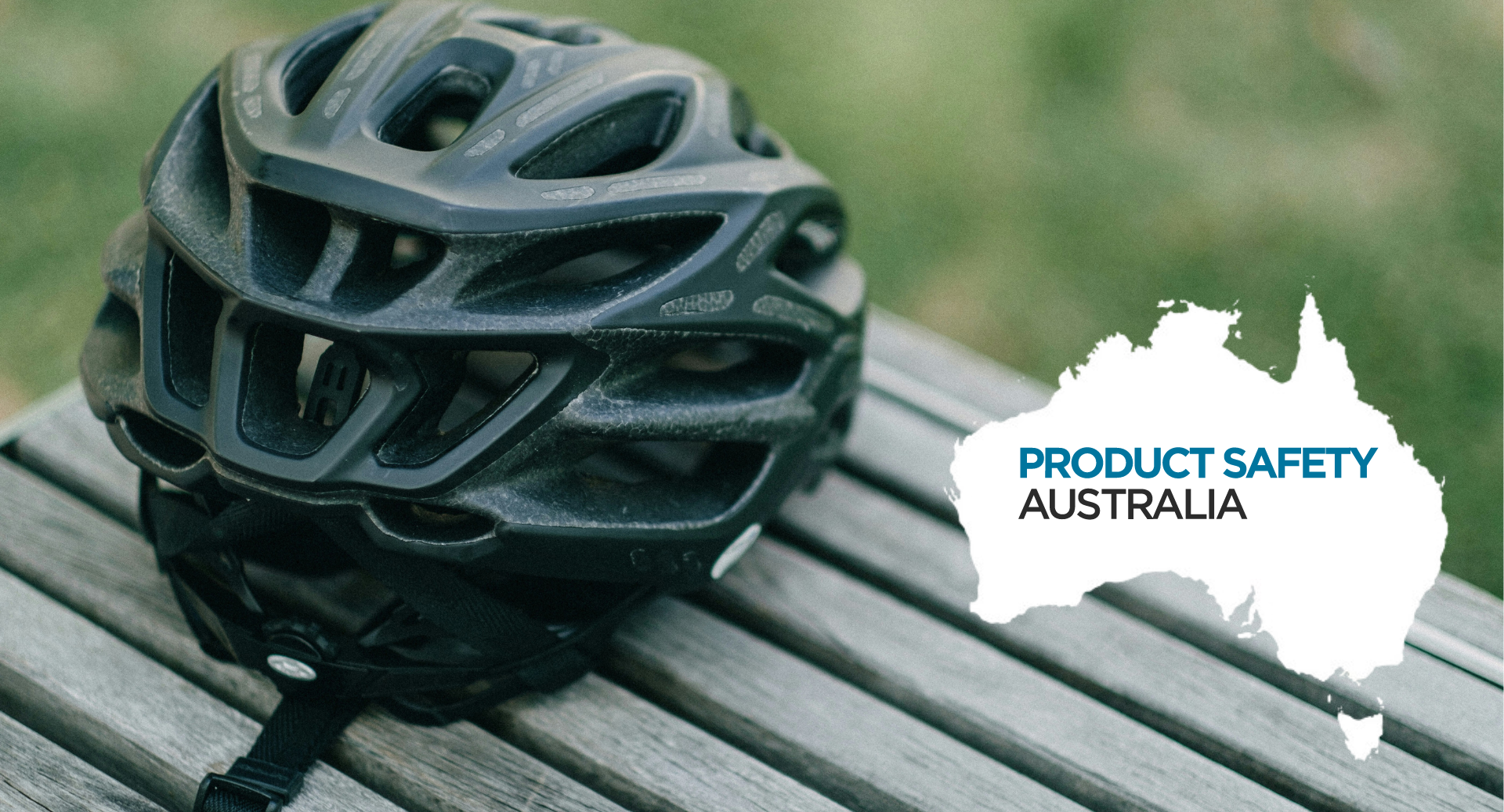Companies invest a lot of time and money into the development of new products. With the rise of online marketplaces, there is now more opportunity than ever for smaller businesses and independent manufacturers to sell their products directly to consumers. Businesses can save money by testing their products and services before launching them to market. They can also increase the chances of success if they conduct thorough product tests with consumers before launch. Product testing involves asking unbiased individuals (ideally potential customers) to test your product and provide feedback on their experience using it. This can be done as informal user testing or in a structured format such as User Centered Design testing or Product Testing Interviews. It’s a simple but effective way to reduce risk, cut costs, and increase sales when done correctly. Here are some tips for successful product testing:
Define your objectives and find the right people
Defining your objectives is the first step when planning any product test. Before investing in any product testing, you need to know exactly what you want to achieve from the process. Product testing helps you to validate that your product meets your customer’s needs and meets their expectations. By testing your product before launch, you can identify any usability issues, reduce risk, and find out what customers really think. You might find that customers are interested in a different feature than you expect, or that they struggle to use one of your product’s features. When choosing the right people to test your product, it’s important to keep your objectives in mind. You will want to select people whose needs are similar to the type of customer you are trying to attract. You can do this by asking questions to find out more about their current situation, their preferences, and their pain points.
Test with the end user in mind
Products are intended to solve a problem, so you need to make sure that your product is actually solving the right problem. Asking the wrong questions from the start can result in the wrong conclusions and even the wrong product. This means that you need to understand the problem your customers are experiencing, and the context in which they are experiencing it. You can do this by using empathy maps and journey maps to help you understand the problem from your customers’ perspective. This will help you choose the right features for your product and make sure that you are solving the right problem. More importantly, once you’ve tested your product, you need to make sure that the features you are including are solving the right problem. A common pitfall among product testers is that they include the features they wanted in their product regardless of whether or not customers want them. Be sure to ask your testers what features they want and why they would find them useful.
Set a deadline and invite only committed testers
Product testing is a process that generally has a start date and an end date. Make sure that your testers know the date by which you need the feedback. It’s important that you invite people who are committed to participating in your product testing. You can do this by setting a deadline for when they can sign up to participate and by offering them incentives for their time. You can also set a minimum standard for a commitment level. For example, you can ask testers to answer between five to seven questions and provide feedback on their experience with your product. This will help you make sure that people participating in your product testing have enough time to invest in the process.
Don’t forget to ask the 5 Whys
To make sure that you are testing your product with real end users, you might want to ask testers to provide proof of their identity. There are lots of ways to confirm someone’s identity online, including using social media, using someone’s phone number, and more. After you have finished your product testing, you will want to go through your testers’ feedback and ask the 5 whys. Ask why your testers gave the feedback that they did about your product. Why did they like or dislike your product? Why did they find using your product difficult? Then, ask why again.
Make sure your testers understand the product
A crucial part of product testing is making sure that your testers understand the product and how to use it. It’s important that you don’t let your testers use your product in a vacuum. Instead, you should invite them to a test session or host a live demonstration of your product so that they can see it in action. You will want to ask testers to complete a short exercise or test out your product and provide feedback on their experience. You can use a product walkthrough or a customer journey map to help you plan your product testing. These tools will help you make sure that you have covered all the necessary features, and have invited testers to interact with the important features and functionality of your product.
Record and transcribe session transcripts
After you have finished your product testing, you will want to review your testers’ feedback and make sure that you have addressed all of the issues and concerns that your testers have raised. Unfortunately, humans are not great at remembering everything, and you might not remember every issue that you have been told about by your testers. You can use a recording tool to record parts of your product testing sessions, or you might want to transcribe your product testing sessions completely. Transcribing your product testing sessions will help you to make sense of your testers’ feedback and give you an easy reference to look back on if you need to address any issues. You can use a transcription service, such as Rev, to transcribe your product testing sessions and save the transcripts online for easy access.
Final Words
Product testing is a great way to make sure that your product is ready for the market and solves your customer’s pain points. It’s important to remember that the product testing process is an iterative one, and it will take several attempts before you have perfected your product. There are many benefits to product testing, such as validating whether or not your product is ready for launch and making sure that customers actually want and need what you’re offering.
 ISO/IEC 17025 Accredited Independent Testing Laboratory
ISO/IEC 17025 Accredited Independent Testing Laboratory








